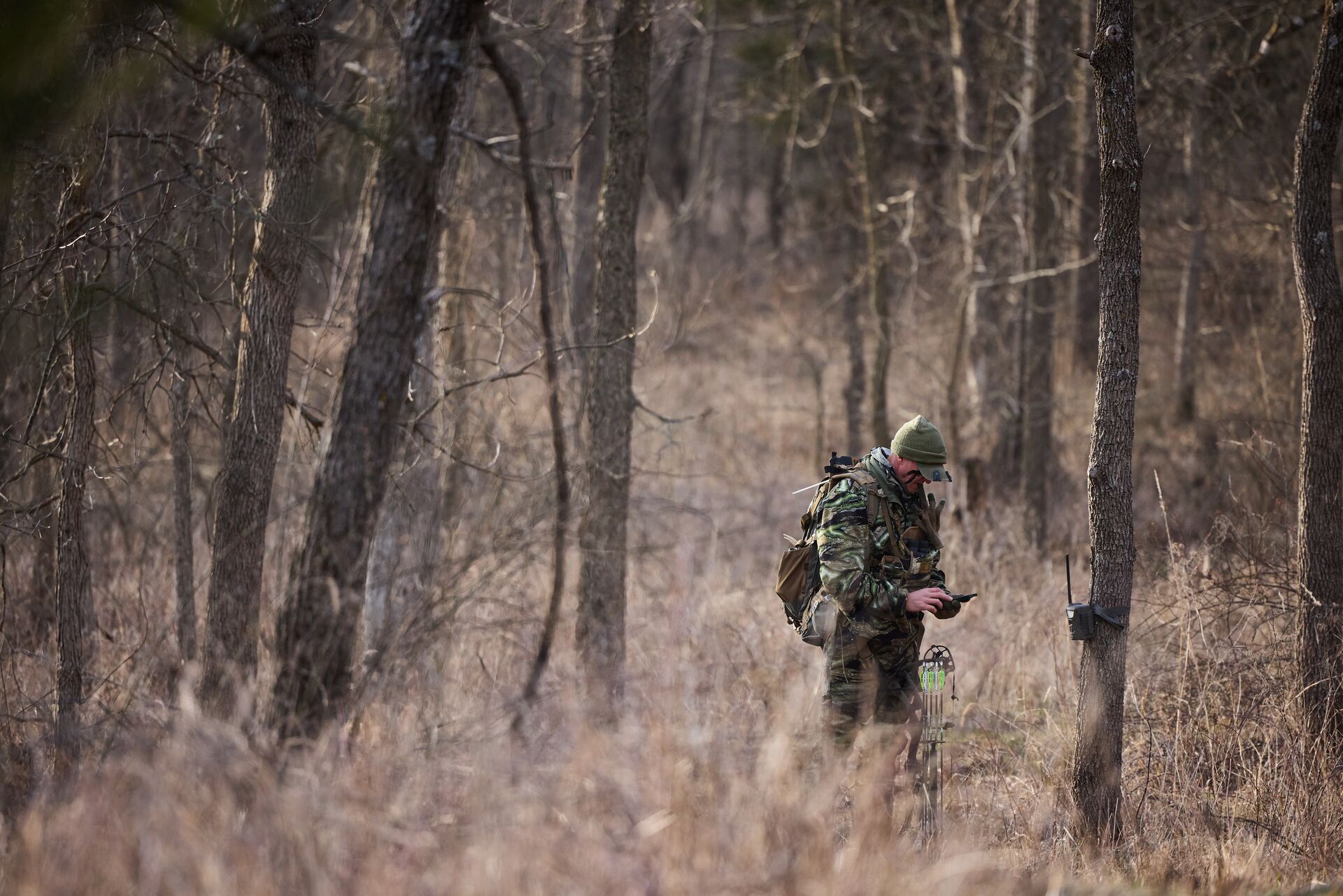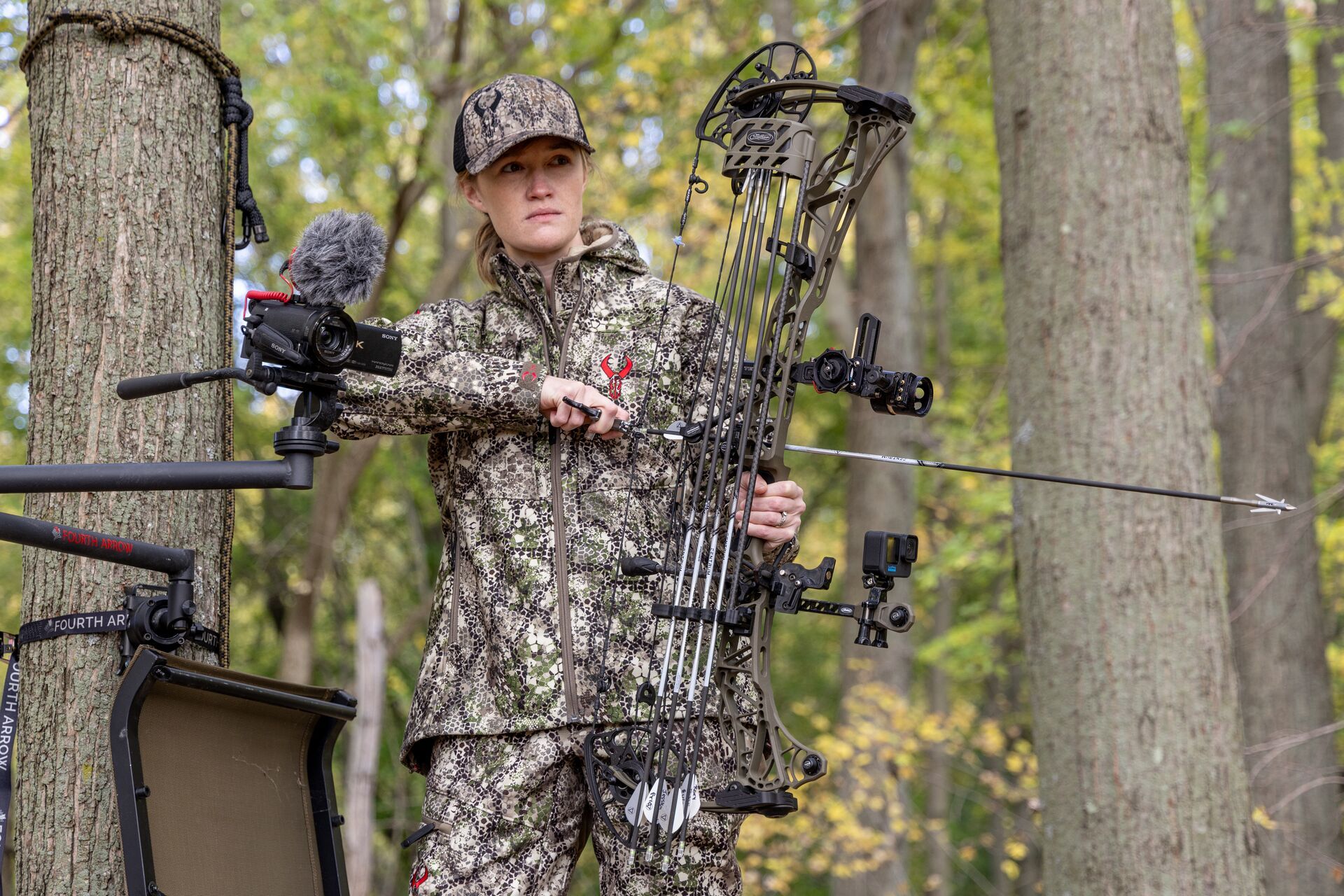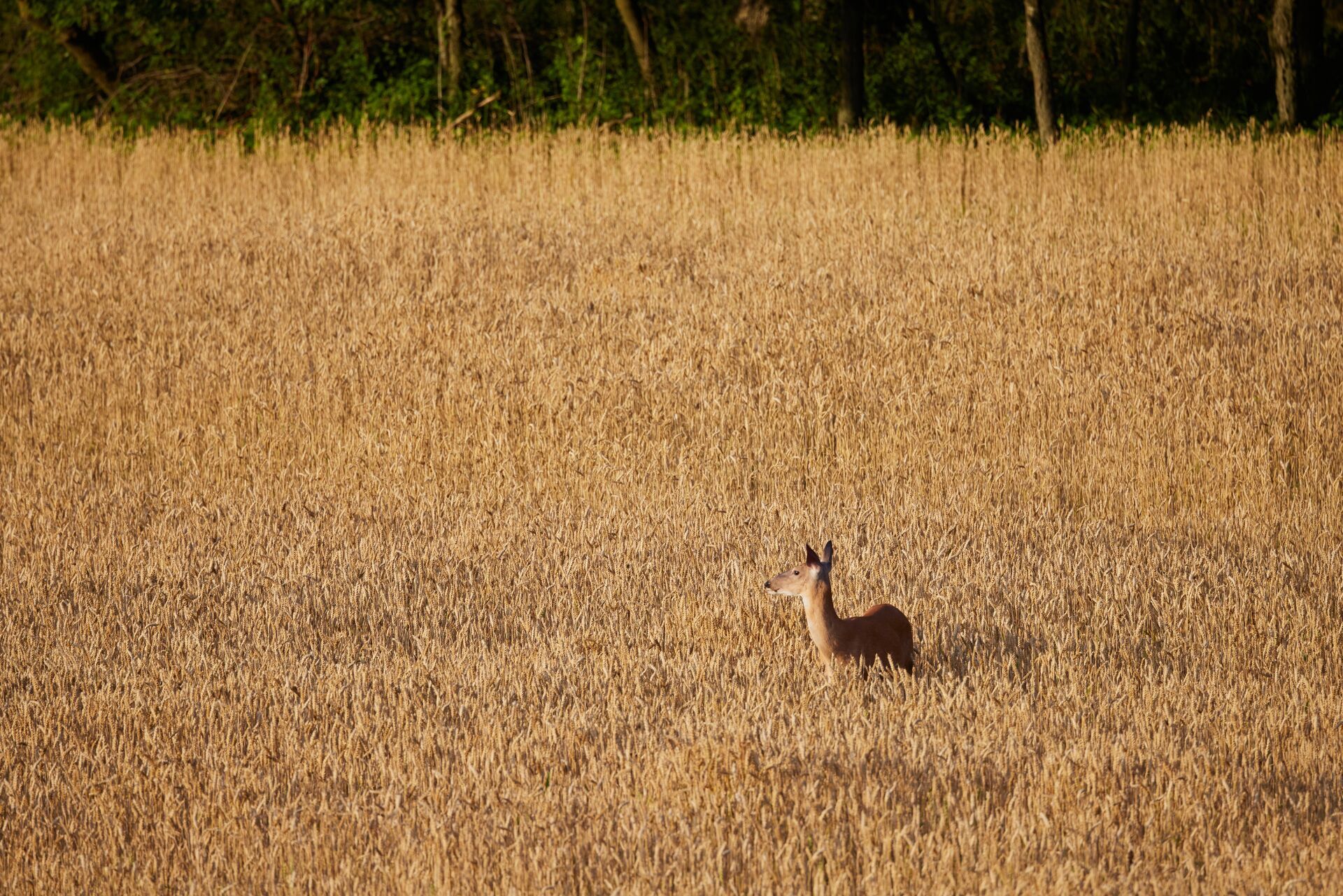Field Guide / Deer
6 Ways to Successfully Hunt Deer in Hot Weather
You are prepared, primed, and ready to hunt cold fronts all season long. You plan your schedule and time your days off around them, and then it happens – you get a bunch of hot weather days smack dab in the middle of your schedule.
Previous in Deer
More Content Like This

The Year-Round Hunter in August: Looking for Deer Hunting Land
Things are heating up as we enter the last month of summer. Serious hunters don’t wait until the night before opening day to get ready for hunting season. We prep all year long! Read More
Read More
Gun vs. Bow: Where to Shoot a Deer for a Clean Shot
You've got a deer in your sights, but where do you aim? Depending on the weapon you use for hunting, there may be some slight differences in where you will want to aim to achieve a quick and humane kill. Read More
Read More
What is a Deer Bleat (and What Does It Mean) for Hunters?
If you have ever spent time out in the deer woods, you have almost undoubtedly heard a doe, fawn, or both make noises and communicate. Deer communicate constantly and use a variety of different sounds and signals to do so. Read More
Read More Deer
DeerThe Year-Round Hunter in August: Looking for Deer Hunting Land
Things are heating up as we enter the last month of summer. Serious hunters don’t wait until the night before opening day to get ready for hunting season. We prep all year long! Read More
Read More Deer
DeerGun vs. Bow: Where to Shoot a Deer for a Clean Shot
You've got a deer in your sights, but where do you aim? Depending on the weapon you use for hunting, there may be some slight differences in where you will want to aim to achieve a quick and humane kill. Read More
Read More Deer
DeerWhat is a Deer Bleat (and What Does It Mean) for Hunters?
If you have ever spent time out in the deer woods, you have almost undoubtedly heard a doe, fawn, or both make noises and communicate. Deer communicate constantly and use a variety of different sounds and signals to do so. Read More
Read More
1 of 3